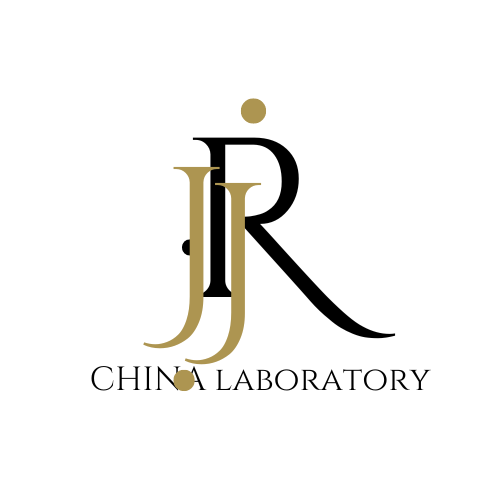
What is the IEC 62368-1 Standard?
IEC 62368-1 is a standard applicable to IT and communication equipment, as well as computer peripherals. Compliance with IEC 62368-1 is a crucial step for products to enter international markets.
One of the key factors in safety assessments under this standard is electrical clearance, which is categorized into two types: creepage distance and clearance.
- Clearance: The shortest distance measured through air between two adjacent conductors or between a conductor and the adjacent enclosure surface.
- Creepage Distance: The shortest distance measured along the insulation surface between two adjacent conductors or between a conductor and the adjacent enclosure surface.
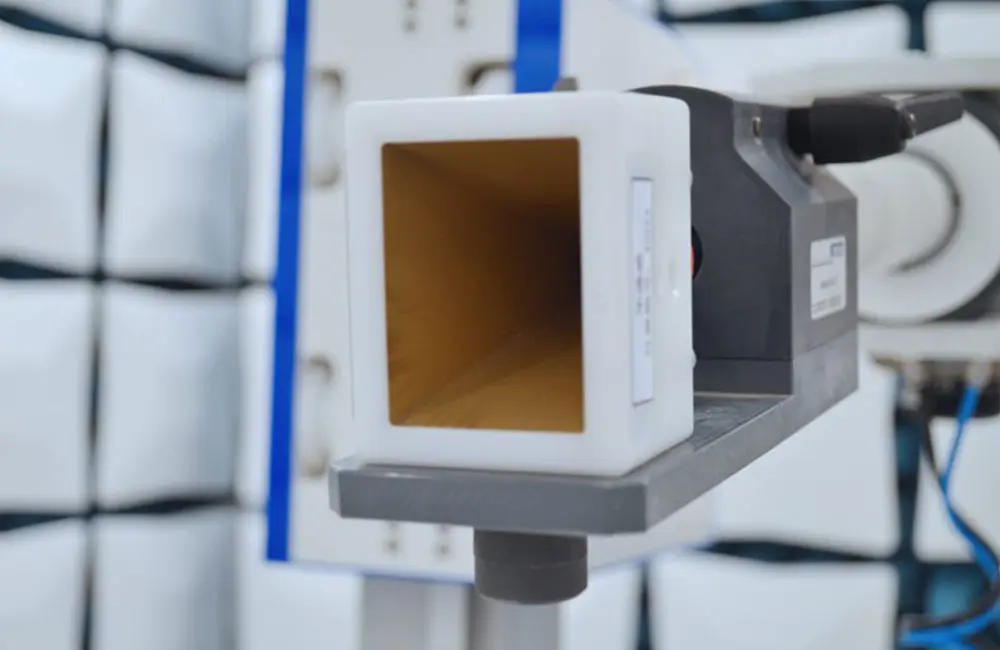
Steps for Testing Creepage Distance
1. Determine the effective value of the working voltage (AC or DC).
2. Identify the material group.
3. Determine the pollution degree of the equipment (typically, general equipment falls under Pollution Degree 2).
4. Determine the type of insulation (Basic Insulation, Supplementary Insulation, Reinforced Insulation).
Requirements Based on IEC 62368-1 Clause 5.4.3
- For frequencies ≤ 30 kHz, the creepage distance for Basic and Supplementary Insulation should comply with Table 17.
- For frequencies > 30 kHz but ≤ 400 kHz, the creepage distance for Basic and Supplementary Insulation should comply with Table 18.
- For frequencies > 400 kHz, the creepage distance requirements currently follow those for frequencies ≤ 400 kHz. However, specific requirements for frequencies above 400 kHz are still under consideration.
Material Groups and CTI Classification
Material groups are determined based on the Comparative Tracking Index (CTI) and classified as follows:
- Material Group I: CTI ≥ 600
- Material Group II: 400 ≤ CTI < 600
- Material Group IIIa: 175 ≤ CTI < 400
- Material Group IIIb: 100 ≤ CTI < 175
The material group can be evaluated using test data obtained from a 50-drop test following IEC 60112 with Solution A. If the material group is unknown, it should be assumed as Group IIIb.
Email:hello@jjrlab.com
Write your message here and send it to us
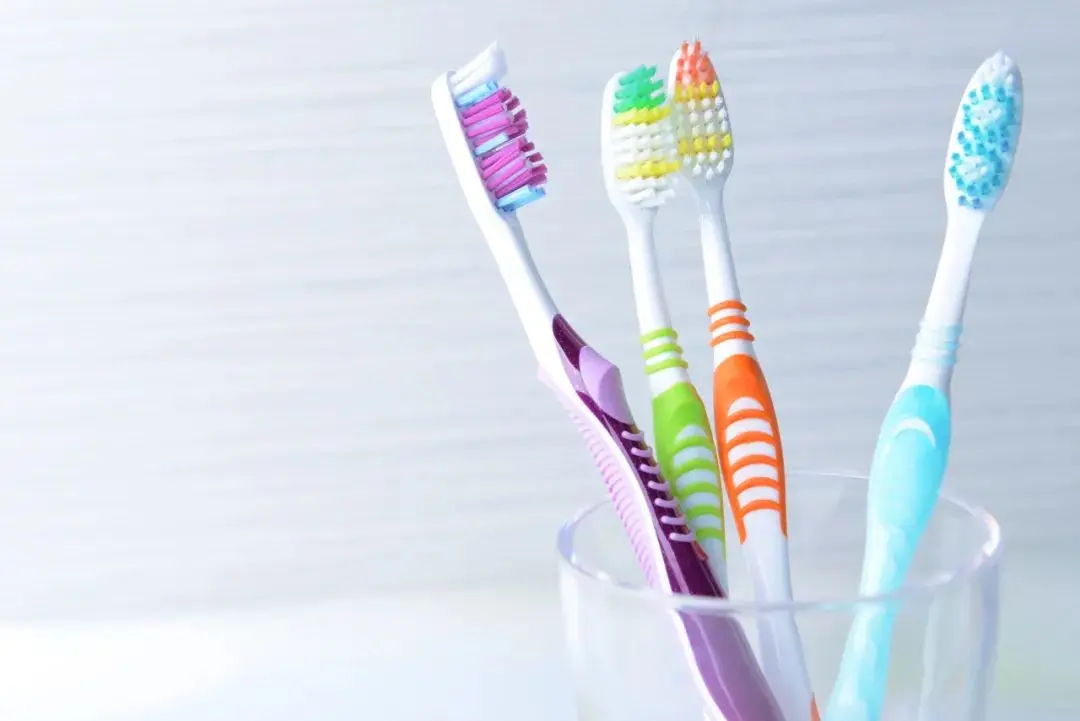 Toothbrush FDA Certification Testing
Toothbrush FDA Certification Testing
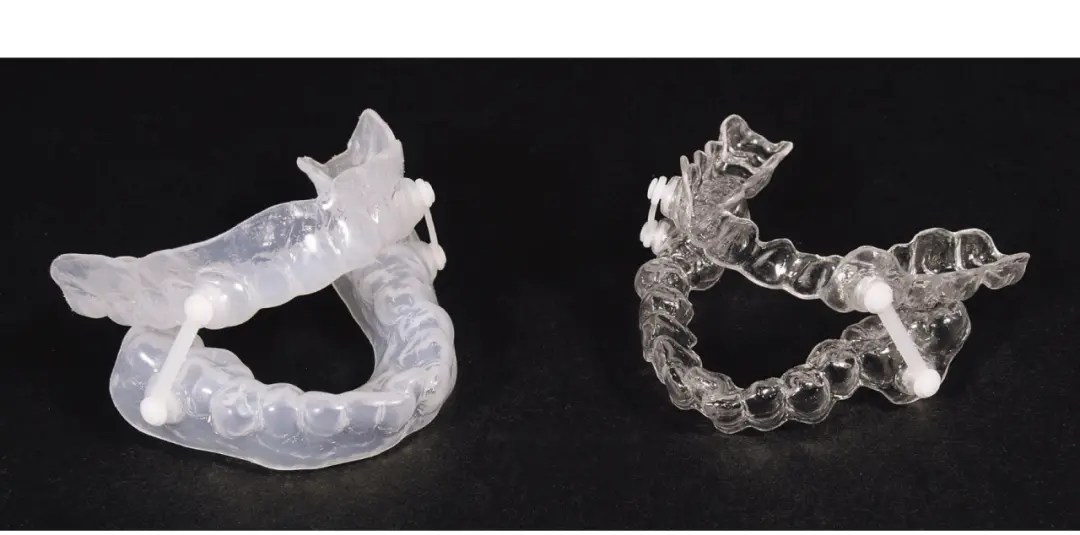 Snoring Device FDA 510k Standard Testing
Snoring Device FDA 510k Standard Testing
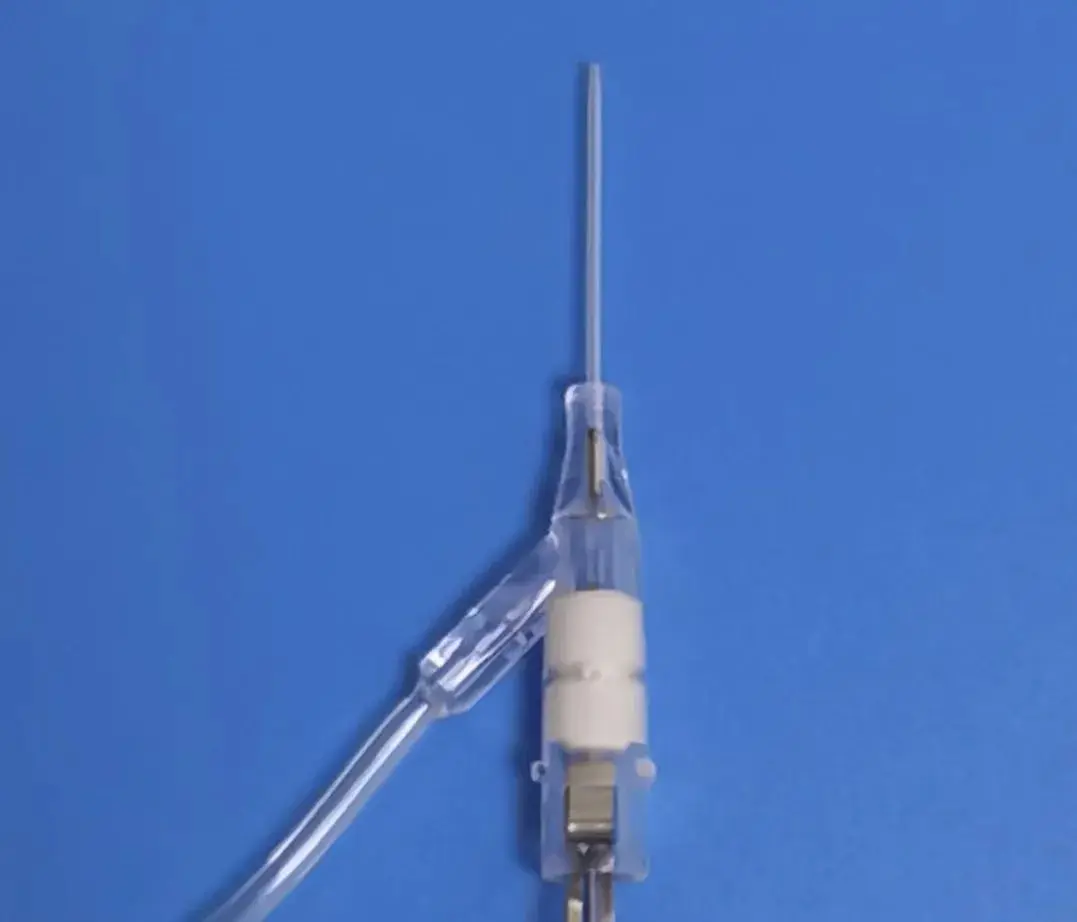 Single Use Intravenous Catheter Certification Test
Single Use Intravenous Catheter Certification Test
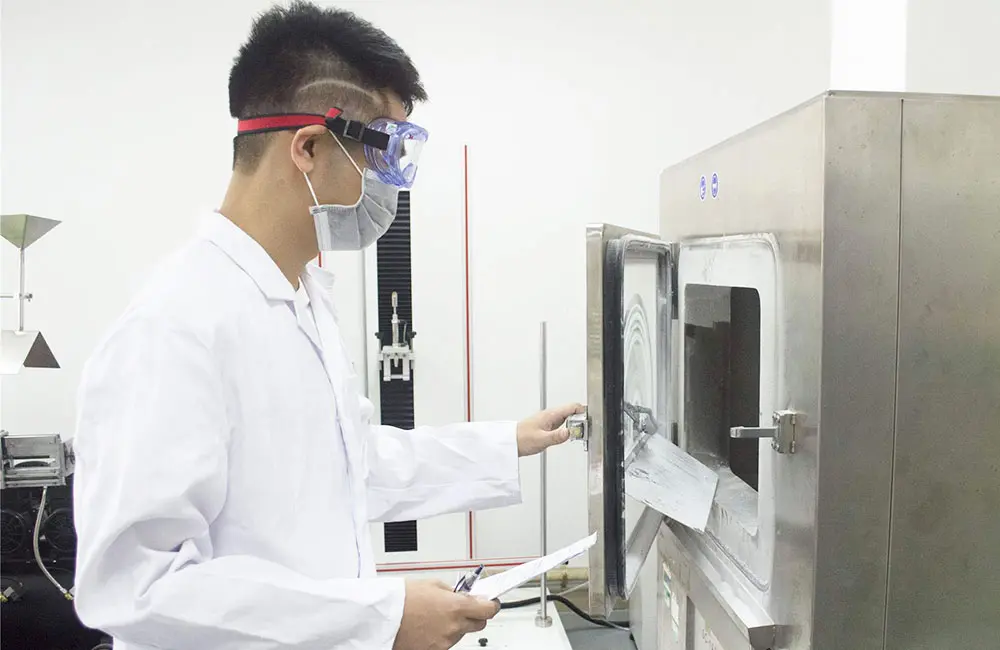 Silicone Material Product Compliance Certification
Silicone Material Product Compliance Certification
 What to Do If Cytotoxicity Test Results Are Positi
What to Do If Cytotoxicity Test Results Are Positi
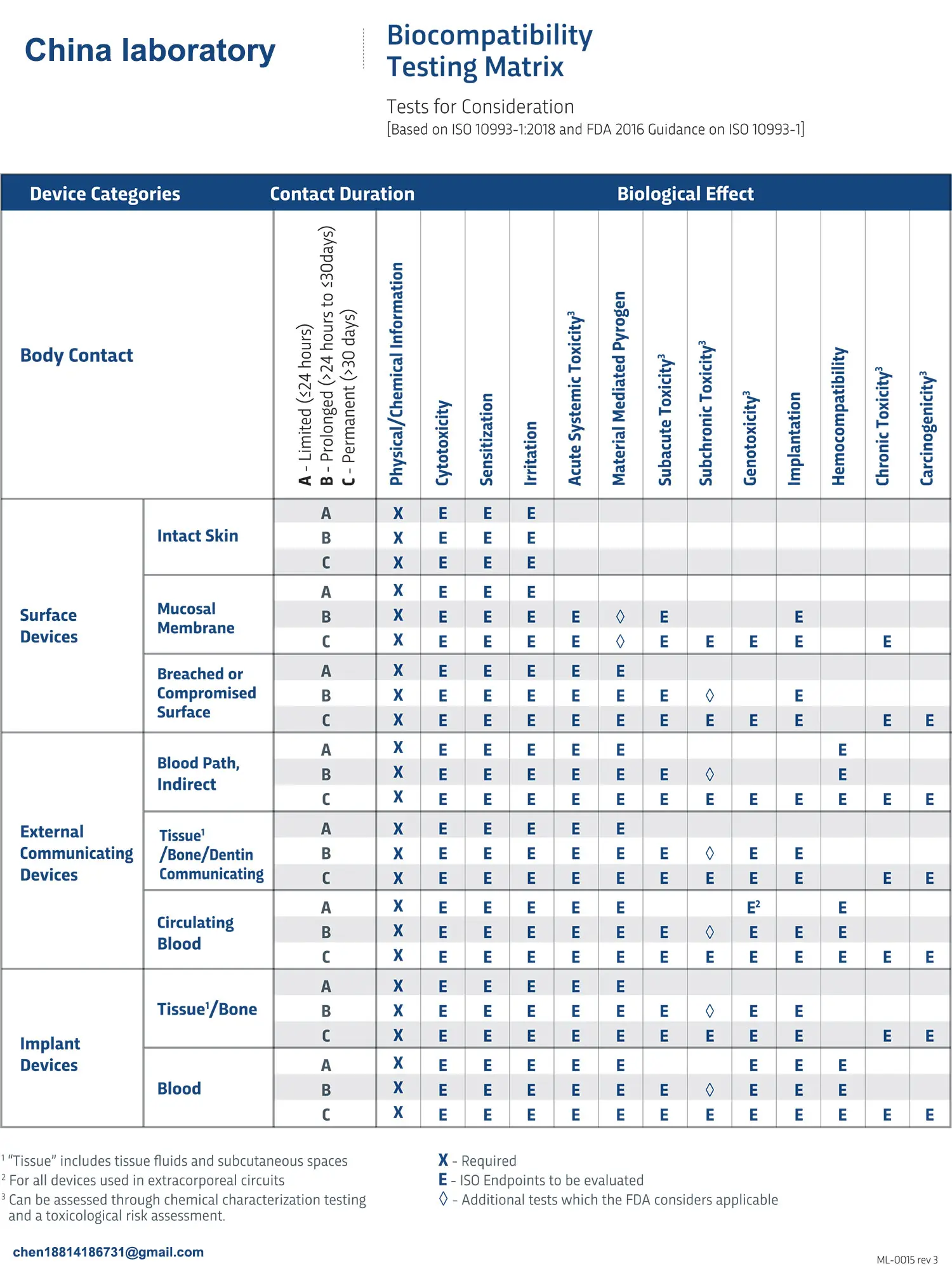 ISO 10993:5 Cytotoxicity Testing Methods
ISO 10993:5 Cytotoxicity Testing Methods
 FDA ISO 10993-1 Biocompatibility Evaluation Guidel
FDA ISO 10993-1 Biocompatibility Evaluation Guidel
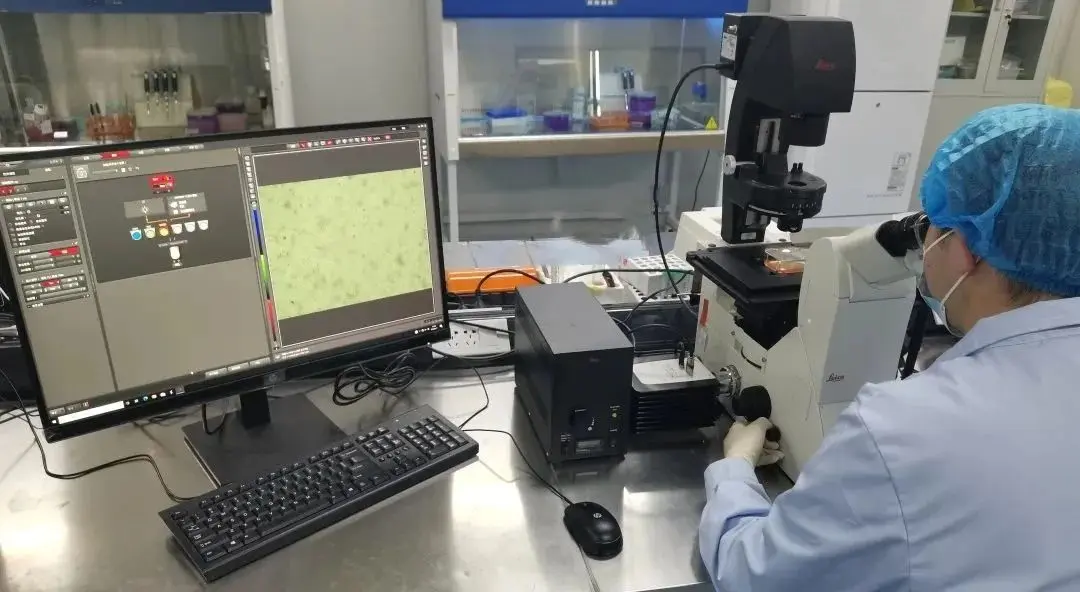 In Vitro Cytotoxicity Testing for Medical Devices
In Vitro Cytotoxicity Testing for Medical Devices
Leave us a message
24-hour online customer service at any time to respond, so that you worry!
